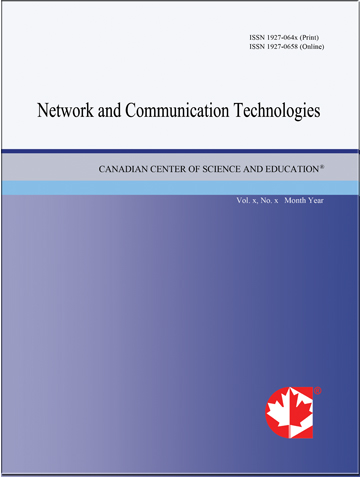Management of Celestial Systems under Spatial Grasp Model
- Peter Simon Sapaty
Abstract
Many governmental agencies and private companies of different countries are now rushing into space around Earth in hope to provide smart communication, industrial, security, and defense solutions. This often involves massive launches of cheap small satellites which are also contributing to the growth of space debris. The current paper discusses how the developed high-level system philosophy and model can effectively organize distributed space-based systems on different stages of their development and growth. The briefed Spatial Grasp Technology, based on parallel pattern-matching of distributed environments with high-level recursive mobile code, can effectively provide any networking protocols and important applications of large satellite constellations, especially those on Low Earth Orbits. The paper contains examples of technology-based solutions for establishing basic communications between satellites, starting from their initial, often chaotic, launches and distributing and collecting data in the growing constellations with even unstable and rapidly changing connections between satellites. It describes how to organize and register networking topologies in case of predictable distances between satellites, and how the fixed networking structures can help in solving complex problems. The latter including those related to the new Space Development Agency multiple-satellite defense-oriented architecture and allowing for effective integration of its continuous earth custody observation and cooperative missile tracking and elimination layers, based on self-spreading mobile intelligence. Earlier versions of the technology, described in many papers, six books including, were prototyped and used in different countries, with the current one quickly implementable too, even in university-based environments.
- Full Text:
 PDF
PDF
- DOI:10.5539/nct.v6n2p10
Journal Metrics
(The data was calculated based on Google Scholar Citations)
1. Google-based Impact Factor (2021): 0.35
2. h-index (December 2021): 11
3. i10-index (December 2021): 11
4. h5-index (December 2021): N/A
5. h5-median (December 2021): N/A
Index
Contact
- Bruce LeeEditorial Assistant
- nct@ccsenet.org
